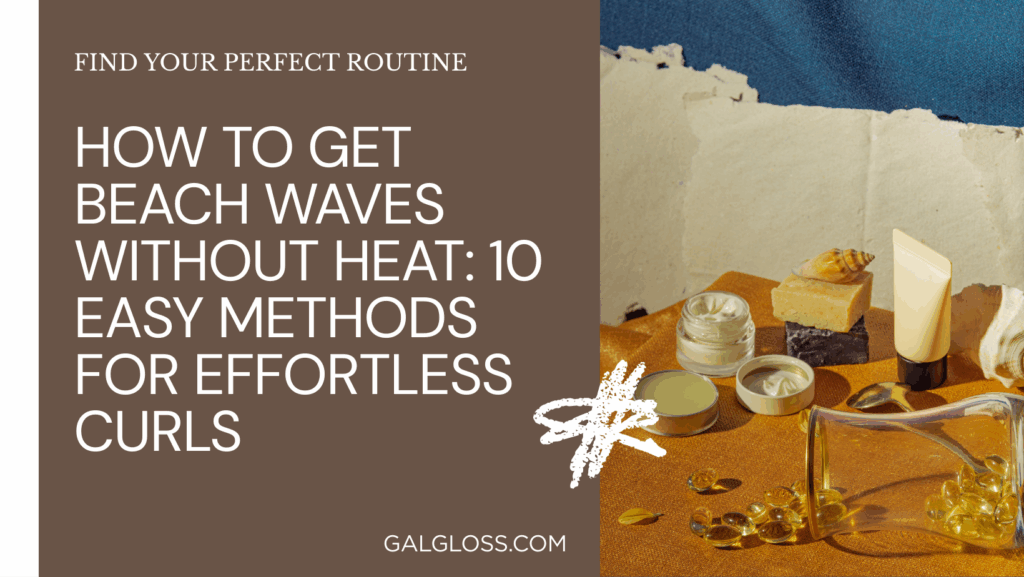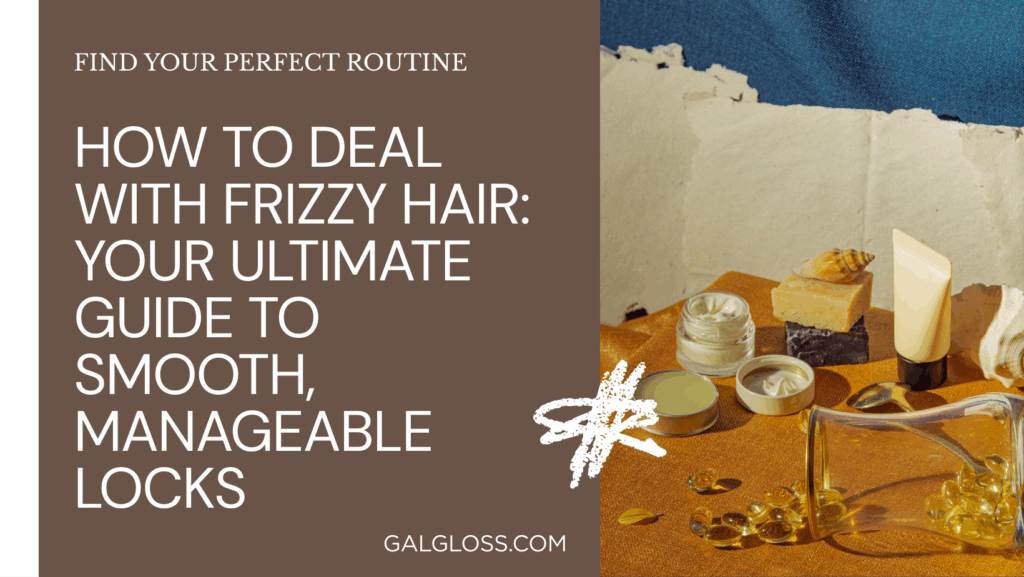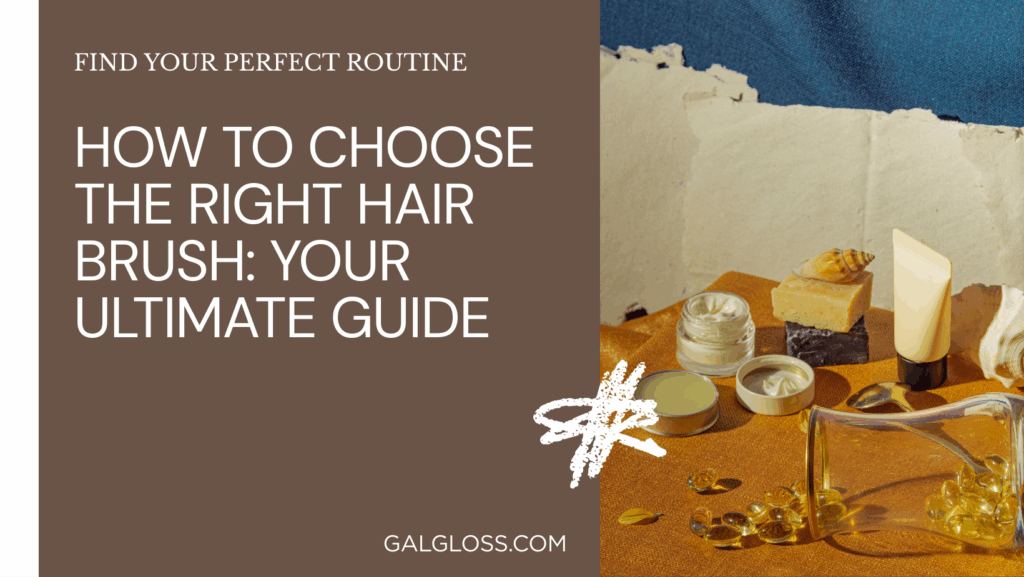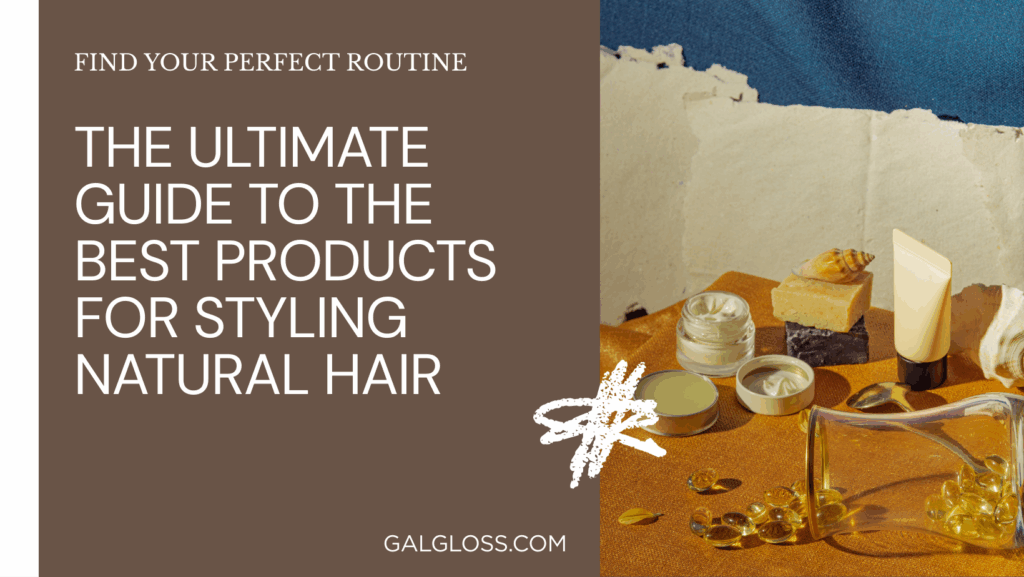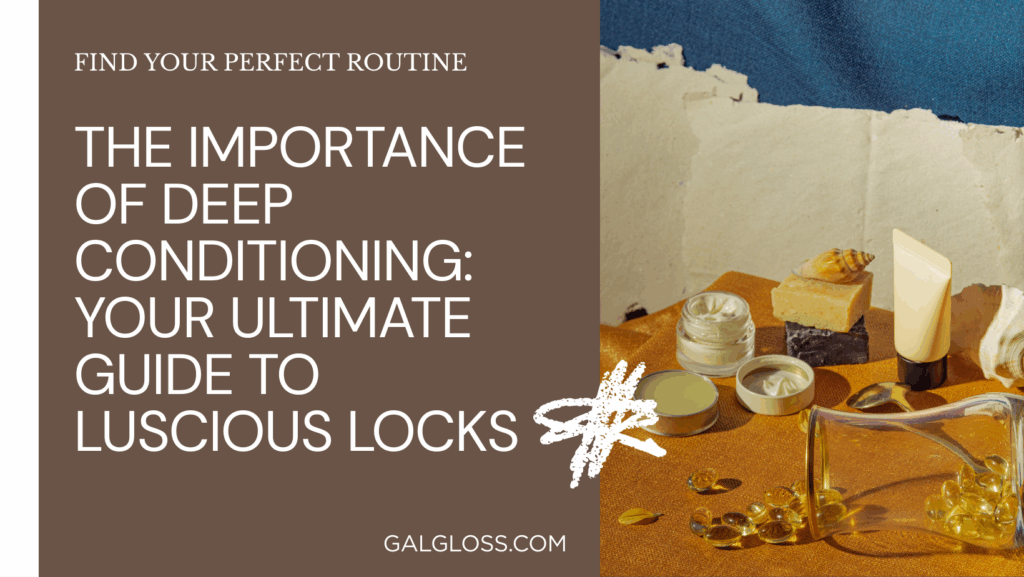Ever felt like you’re in a hair-raising battle with your locks? We’ve all been there, staring at the mirror, comb in hand, wondering how on earth we’re going to tackle that bird’s nest on our head. But fear not, fellow frizz fighters! I’m here to help you smooth things out with a deep dive into the best products for detangling hair.
The Tangled Tale of Troubled Tresses
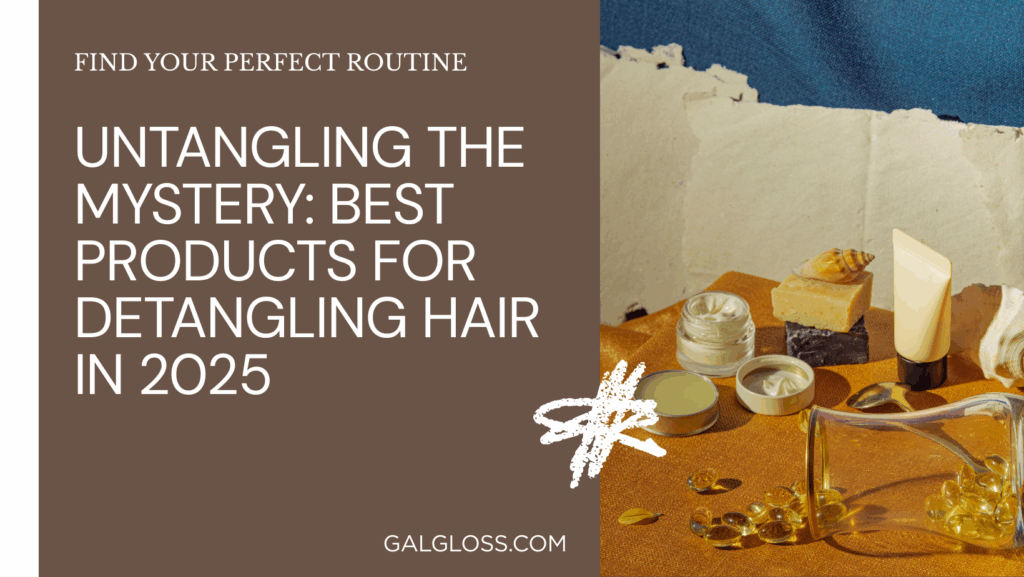
Let’s face it: tangled hair is more than just a bad hair day – it’s a full-blown hair emergency. Whether you’re rocking curls, waves, or pin-straight strands, knots and tangles can turn your crowning glory into a crown of thorns. But why does this happen, and how can we stop it?
Tangles occur when your hair’s cuticles become raised and catch on each other, creating knots that can be a real pain to unravel. Factors like hair texture, environmental conditions, and even your sleeping habits can contribute to this messy situation. That’s where detangling products come in – they’re like peacekeepers for your strands, helping to smooth things over and restore harmony to your hair.
Why Use Detangling Products?
You might be wondering, “Can’t I just use my regular conditioner?” Well, you could, but detangling products are specifically formulated to tackle those stubborn knots. They often contain ingredients like:
- Silicones to smooth the hair shaft
- Proteins to strengthen strands
- Moisturizers to hydrate and soften
These specialized formulas work to reduce friction between hair strands, making it easier for your comb or brush to glide through without snagging. Think of them as the ultimate mediator in your hair’s conflict resolution process!
Top 5 Best Products for Detangling Hair
Let’s dive into the crème de la crème of detanglers. These products have been battle-tested and come out victorious against even the most stubborn knots.
- Tangle Teezer The Original Detangling Hairbrush
- Perfect for: All hair types
- Key features: Innovative teeth flex and glide through hair
- Pros: Gentle on scalp, reduces breakage
- Cons: Can be pricey compared to regular brushes
- It’s a 10 Miracle Leave-In Product
- Best for: Dry, damaged hair
- Key ingredients: Silk amino acids, panthenol
- Pros: Multitasking product (conditions, detangles, protects)
- Cons: Strong scent might not appeal to everyone
- Cantu Shea Butter Leave-In Conditioning Cream
- Ideal for: Curly and coily hair
- Star ingredient: Shea butter
- Pros: Affordable, deeply moisturizing
- Cons: May be too heavy for fine hair
- Ouidad Moisture Lock Leave-In Conditioner
- Perfect for: Wavy to tight curls
- Unique feature: Green tea extract for antioxidant protection
- Pros: Lightweight, improves curl definition
- Cons: Higher price point
- Pantene Pro-V Moisture Mist Detangler
- Best for: Fine to medium hair
- Key benefit: Lightweight moisture without weighing hair down
- Pros: Affordable, widely available
- Cons: Contains silicones (if you’re avoiding them)
How to Choose the Right Detangling Product
Picking the perfect detangler is like finding your hair’s soulmate. Here’s what to consider:
- Hair Type: Is your hair fine, thick, curly, or straight? Each type has different needs.
- Ingredients: Look for nourishing elements like keratin, argan oil, or aloe vera.
- Formula: Sprays work well for fine hair, while creams are great for thick or curly locks.
- Additional Benefits: Some detanglers offer heat protection or color preservation.
Remember, what works for your bestie might not work for you. Don’t be afraid to experiment until you find your perfect match!
DIY Detangling Solutions
Feeling crafty? Try this homemade detangling spray:
- 1 cup distilled water
- 2 tablespoons leave-in conditioner
- 1 tablespoon aloe vera gel
- 5 drops lavender essential oil (optional, for scent)
Mix ingredients in a spray bottle, shake well, and voila! You’ve got a budget-friendly detangler that’ll make your hair happy.
Best Practices for Detangling Hair
Now that you’ve got your detangling product, let’s talk technique:
- Start with damp hair – it’s more elastic and less prone to breakage.
- Apply your detangling product from mid-length to ends.
- Use a wide-tooth comb or specialized detangling brush.
- Begin at the ends and work your way up to the roots.
- Be patient and gentle – yanking will only cause more tangles and breakage.
Pro tip: Try detangling in sections for super stubborn knots. Your scalp will thank you!
Maintaining Tangle-Free Hair
Prevention is better than cure, right? Here are some tips to keep those knots at bay:
- Sleep on a silk or satin pillowcase to reduce friction.
- Braid your hair before bed or physical activities.
- Regular trims to get rid of split ends (they love to tangle!).
- Deep condition once a week to keep hair moisturized and smooth.
The Science Behind Detangling
Ever wonder why some products work better than others? It’s all about the science:
- pH Balance: Products with a slightly acidic pH help close the hair cuticle, reducing tangling.
- Slip Agents: Ingredients like dimethicone create a slippery surface on the hair shaft.
- Humectants: These attract moisture, keeping hair hydrated and less prone to tangling.
Understanding these principles can help you make more informed choices when selecting your detangling arsenal.
Environmental Factors and Tangling
Your environment plays a bigger role in hair tangling than you might think:
- Wind: Can whip hair into knots faster than you can say “bad hair day.”
- Humidity: Causes hair to swell and become more susceptible to tangling.
- Hard Water: Mineral buildup can make hair rough and prone to knots.
Combat these by using a leave-in conditioner with UV protection for outdoor activities and considering a shower filter if you live in a hard water area.
Detangling for Different Hair Types
Not all hair is created equal, and neither are detangling methods:
- Straight Hair: Often benefits from lightweight sprays and regular brushing.
- Wavy Hair: Look for products that enhance natural texture while smoothing.
- Curly Hair: Needs more moisture; cream or oil-based detanglers work well.
- Coily Hair: Requires maximum hydration; try deep conditioning treatments.
Remember, your hair’s porosity (ability to absorb moisture) also affects how it responds to detangling products. High porosity hair might need heavier products, while low porosity hair does better with lightweight options.
The Role of Diet in Hair Health
Believe it or not, what you eat can impact how tangled your hair gets. A diet rich in:
- Omega-3 fatty acids (found in fish, flaxseeds)
- Biotin (eggs, nuts, sweet potatoes)
- Vitamin E (avocados, spinach)
Can help improve hair strength and elasticity, making it less prone to tangling. So, next time you’re meal planning, think about your hair too!
Conclusion: Smooth Sailing Ahead
Congratulations! You’re now armed with all the knowledge you need to tackle those troublesome tangles. Remember, the best product for detangling hair is the one that works for your unique locks. Don’t be afraid to mix and match techniques or products until you find your perfect hair care cocktail.
Detangling doesn’t have to be a dreaded chore. With the right tools and techniques, it can be a soothing self-care ritual. So the next time you find yourself in a hairy situation, take a deep breath, reach for your favorite detangler, and show those knots who’s boss.
Here’s to smooth, tangle-free tresses and good hair days ahead!
